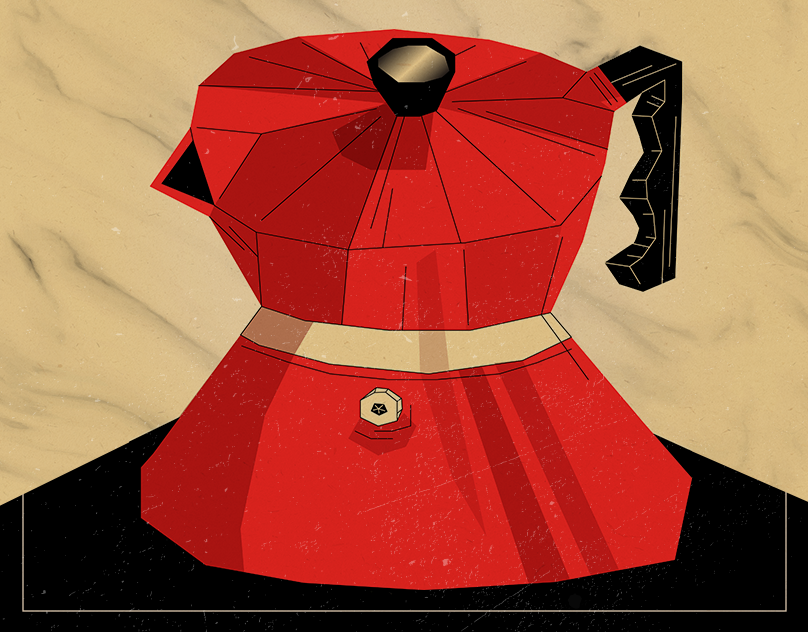This project consisted of creating an interactive quiz based on an instructional NASA video. I was provided with the original coding for the quiz, and was required to edit the coding to relate the questions and theme to the topic, and develop authentic assessment questions related to the video.
If you’d like to watch the NASA video click here: https://science.nasa.gov/science-news/sciencecasts/2017-total-solar-eclipse
I am also including a ScreenFlow of me narrating the interactive quiz, describing my process and design choices. It is attached to this project.
What is it?
This project focused on exploring the power of video as a teaching medium. We watched a video developed by a group of SME's on a topic chosen by the instructor, and then created learning outcomes based on the knowledge acquired through the video. The learning outcomes had to reflect the coursework as well as be for a specific age group.
Once the age group was selected, we were to develop a total of nine questions (three each of multiple choice, true/false, and authentic assessments) that aligned with the topic and learning outcomes, and were appropriate for the selected age group.
Who was it for?
My selected hypothetical age group for the assessment questions was a high school science class studying the 2017 Solar Eclipse. This was a bit of a stretch for me, since my IDT path is more corporate than k-12, but it was a nice challenge. I had to consider that the Solar Eclipse was widely broadcasted, and that students this young have likely not lived through a solar eclipse yet, prior to this one.
What was its purpose?
The purpose of this project was to understand video as a learning tool, and demonstrate an understanding of how to create authentic assessments in such a way that aided, versus hindered, learning. This had to be incorporated with basic coding knowledge, since the Masters I'm attaining is partly about the technology involved in instruction.
Below are some additional reflection questions about the process of developing this quiz.
Explain your process in determining what questions to ask to assess the learners’ knowledge from watching the video.
Upon watching the video, I began by developing learning objectives that were quantifiable and therefore measurable. Could the student accurately name the parts of the eclipse? Could they identify details that made it differ from a lunar eclipse? Then I started thinking about which questions would genuinely gauge learning from the video. I wanted facts that were not completely unfamiliar to the learner, while also being foreign enough that the learner had to have watched the video to know them. I wanted to develop questions which would lend themselves to a variety of possible answers, and therefore had to develop the possible answers so that they were just believable enough to be a challenge without being too similar to the correct answer so as to be confusing. Quantifiable, objective questions with facts as details or answers work best for these types of quizzes.
Describe the relationship of your authentic assessment to the interactive quiz. In what ways is it an effective assessment?
My authentic assessment questions were aided by the requirement of them not being true or false questions. I also considered context clues and critical thinking. Since only one question was true or false, the chances of the student simply guessing correctly were much slimmer. For example, one of the questions required images. Three of the four images came directly from the video. The other image was a familiar picture of the moon. Since the images were screenshot from the video, the student could recognize them, but it would require a focused learner, or even simply one who was able to answer based on “context clues” (i.e, which of these images resemble “beads” more?) to get the right answer. Critical thinking also played a major role in developing the questions. For example, we know that the mass of a larger object in space has a stronger orbital pull. It stands to reason that the Moon, comparatively small to both the Earth and Sun, would eventually fall more towards the Sun’s orbit than the Earth’s, meaning the correct answer is that it “inches away from the Earth.” This kind of deep, critical thinking would not only test their knowledge based on the video, but conceivably, their knowledge of physics, since the audience I chose was a high school class.
Describe the benefits of digital media in learning and assessing the effectiveness of the learning object.
Dorian Peters states that “watching, and even just thinking about, physical things activates the same parts of the brain that are activated when we actually do those things (Peters, 2013).” This closely relates to the entire concept of authentic assessments, which is to check skill level and knowledge versus rote memorization. Video media aids in retention and therefore, application of the topics presented. It also engages various channels of information: audio, visual, and even kinetic learning can all be involved when it comes to video as a digital media tool. Furthermore, quizzes whose questions are thoughtfully developed, follow the content, and are able to fulfill all the requirements set forth by the learning objectives not only assess the student, but the effectiveness of the video presentation.
Peters, D. (2013.) Interface design for learning: Design strategies for learning experiences. United States: New Riders.






